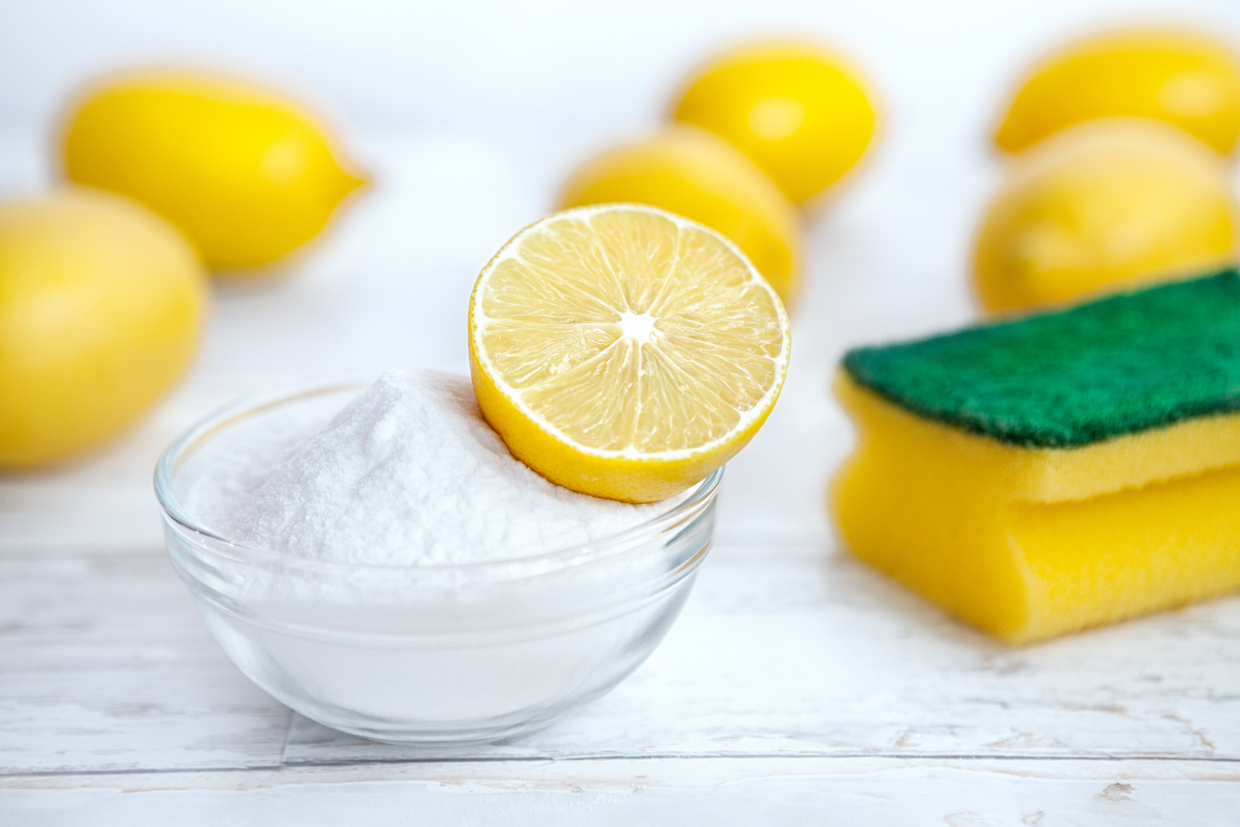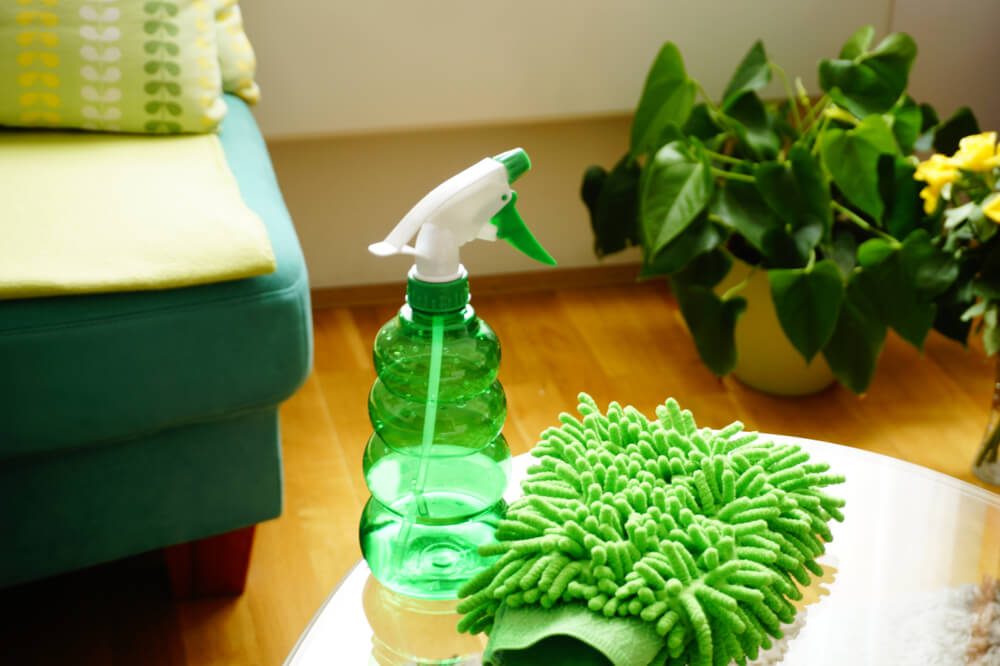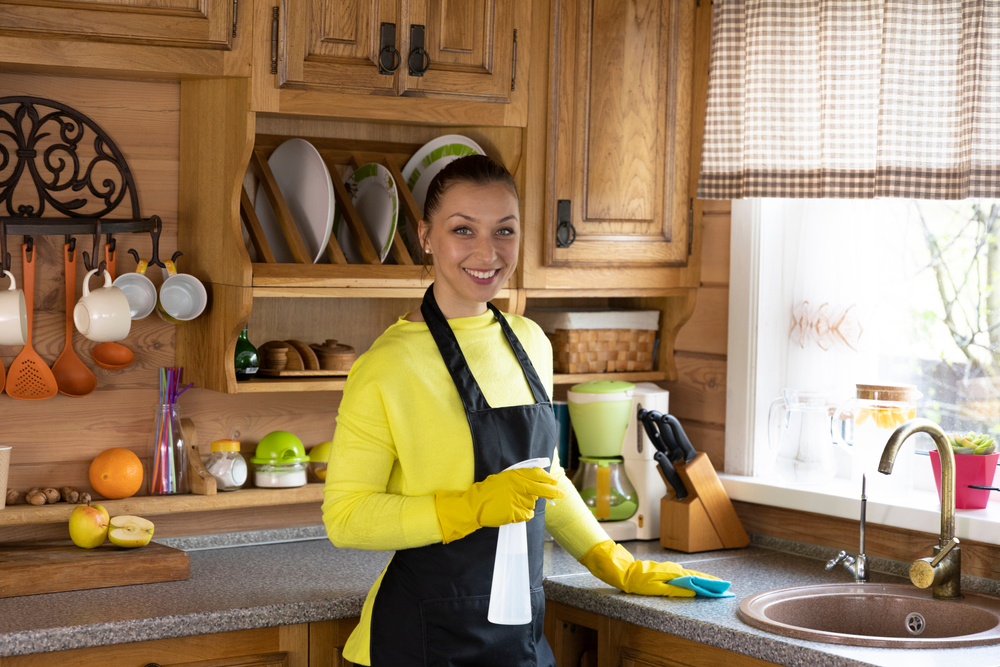Sterling silver is a lovely metal that is often used to make jewelry and fine household items such as decorative figurines and table services. It’s a top choice for many clean homes in Austin – the only problem is that silver tarnishes rather quickly. In order to keep your silver shiny and clean, you’ll need to remove that tarnish. While there are many commercial silver cleaners available for purchase, most of them contain chemicals so harsh that the United States Environmental Protection Agency recommends against throwing them out with your regular trash and classifies them as “hazardous household waste.” Is there a better, safer, healthier way to clean your sterling silver? You bet!
When silver tarnishes, it goes from looking shiny and metallic to looking gray or black and totally dull. The dull coating that forms is called silver sulfide, and it’s a reaction between the silver object and the small amounts of sulfur in the atmosphere. For jewelry that’s worn frequently, it’s rare for tarnish to develop, because the oils from the wearer’s skin actually help keep the silver sulfide at bay. But for jewelry and household items that are only brought out for special occasions or are displayed but rarely touched, tarnished silver can be a big pain. Fortunately, it’s not a difficult problem to solve.
Get your cleaning started by washing your silver item with plain water and gentle liquid dish soap. If you’re working over a sink and there’s any chance at all that you could lose the item you’re cleaning down the drain, use a mesh strainer or a colander with small holes to hold your item as you wash it. The purpose of this first step is to remove any oils, dirt, or dust that could hinder the success of the mild chemical reaction that will get rid of the tarnish.
Next, place a pot or pan on your stovetop and line it with aluminum foil, then fill it with enough water to cover the object you’re cleaning. Small items, such as jewelry, will only require a small pan, while large silver serving bowls will probably require a big, deep pot. Add baking soda to the water – a couple of tablespoons will be enough for a small pan, but you may need a cup or two if you’re working with a gallon or more of water. Stir the baking soda into the water, and turn the heat on as the baking soda begins to dissolve. Bring the water to a boil.
As soon as the boil is achieved, remove the pan from the heat and submerge your silver item(s) in the hot water. You can use tongs as long as you’re gentle and don’t scratch the surface of the silver. A chemical reaction will then take place: the hot baking soda water will loosen the tarnish on the silver, and the tarnish will instead attach itself to the aluminum foil, since sulfur is chemically attracted to aluminum more than it is to silver. Sometimes Austin home cleaning is a real chemistry adventure! You may see tiny yellow or black specks floating around in the water, and you’ll probably notice the foil starting to turn black. The whole process will probably take several minutes. You can briefly and carefully remove the silver from the water to check its progress.
Once all or nearly all of the tarnish is off the silver, remove the silver from the pan or pot of water and rinse it under warm tap water (don’t forget that strainer or collander for small items!). Then buff your object with a clean, soft cloth. If any spots of tarnish remain, they can probably be rubbed off with the cloth. Now your silver is shiny and clean again!






